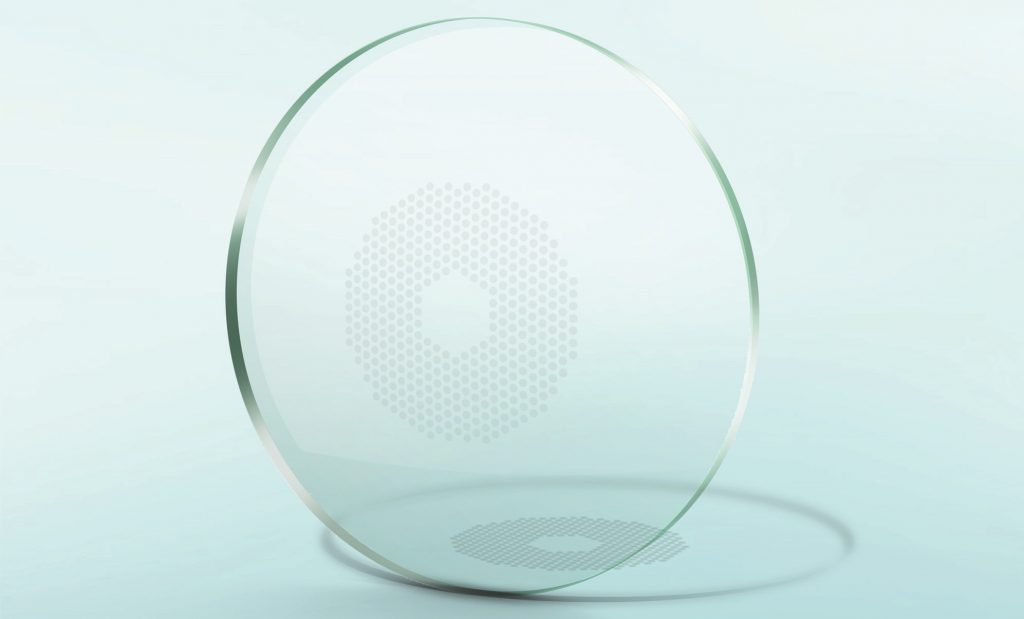 |
|
Myopia patients wearing DIMS spectacles experienced less progression than their counterparts wearing SV lenses, study finds. Photo: Hoya Vision Care. Click image to enlarge. |
Research continues to document the merits of using defocus-incorporated multiple segment (DIMS) ophthalmic lenses for myopia control. A new retrospective study conducted in China, published in Ophthalmology, collected data from nine hospitals about patient usage of DIMS and single vision (SV) spectacle lenses.
Myopia progression was assessed on the basis of spherical equivalent of spectacle lens prescriptions, determined by subjective refraction of the right eye. Efficacy of both types of lenses were determined based on the difference of myopia progression between the two groups.
For DIMS lenses, 3,639 patients were included, while 6,838 were included for SV spectacles. Looking at patients aged six to 16 years of age, follow-up data was attainable for 2,240 pairs at one year and for 735 pairs at two years.
Results indicated that progression of myopia slowed significantly for those with DIMS spectacles at both the one-year and two-year mark. At the one-year mark, 40% of the DIMS group showed progression no more than 0.25D. The same was achieved for only 19% in the SV group. Conversely, only 9% of DIMS wearers showed myopia progression greater than 1.00D, but this rose to 22% in the SD group.
At two years of wear, 33% in the DIMS group showed progression no more than 0.50D, while only 20% did for the single vision group. Myopia progression greater than 1.50D occurred in 12% of the DIMS group and 29% of the single vision group.
The researchers do note that the effects of defocus lenses were found to be much more beneficial to those with lower myopia levels. Accordingly, using DIMS spectacles only minimally impacted patients with higher levels.
Comparing their results to a randomized controlled trial conducted in Hong Kong, the researchers of this study note that they cannot compare results of the high myopia population, since the Hong Kong study did not include subjects with myopia greater than -5.00D. Despite this fact, the researchers of this study believe that defocus lenses for high myopes would only result in weak efficacy at best, since it was previously found that relevant spherical defocus increased with the degree of central myopia.
This is not a deterrent, though, as the lenses still prove promising for those with lower-level myopia. The authors of the study outline how clinical usage could be maximized: “From the greater efficacy point of view, it is suggested to apply DIMS in subjects with younger age and lower level of myopia. Stronger magnitude of myopic defocus in the peripheral retina might be necessary to incorporate for individuals with high myopia. In addition, regular follow-up visit and timely update of the prescription should be emphasized to assure the treatment efficacy.”
Liu J, Lu Y, Huang D, et al. The efficacy of defocus incorporated multiple segments (DIMS) lenses in slowing myopia progression: a retrospective real-world study. Ophthalmology. 2023. [Epub ahead of print]. |

